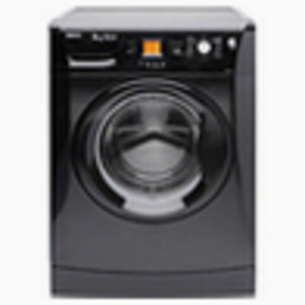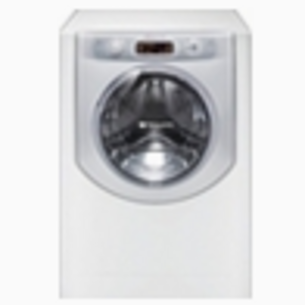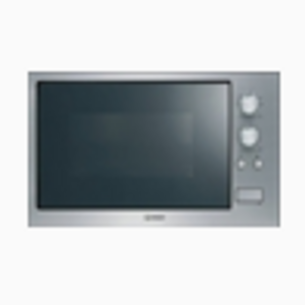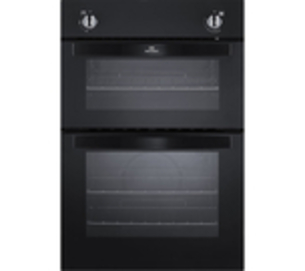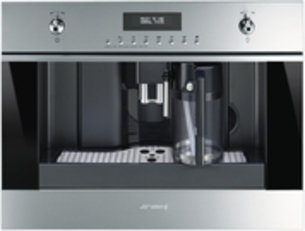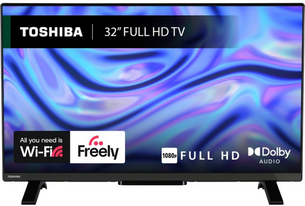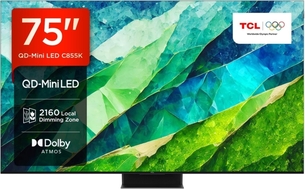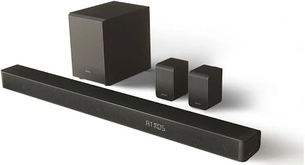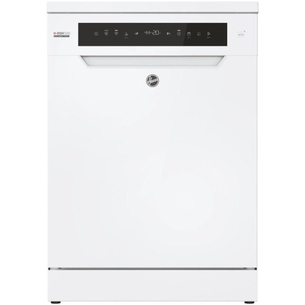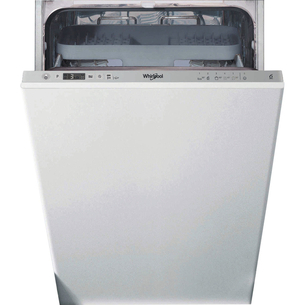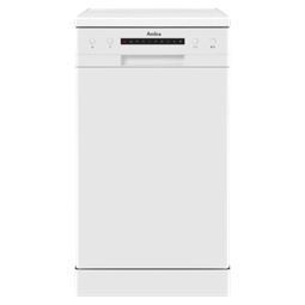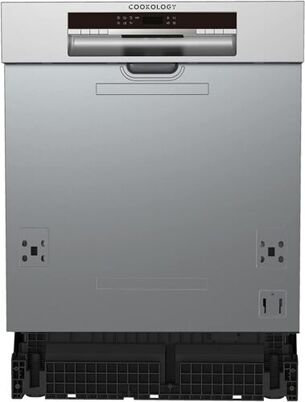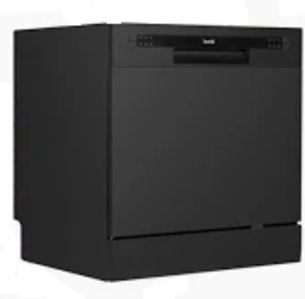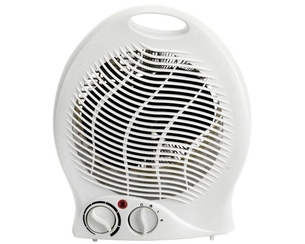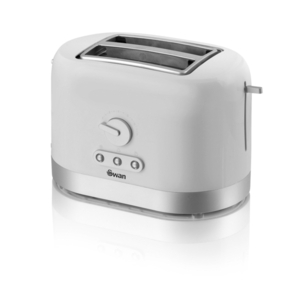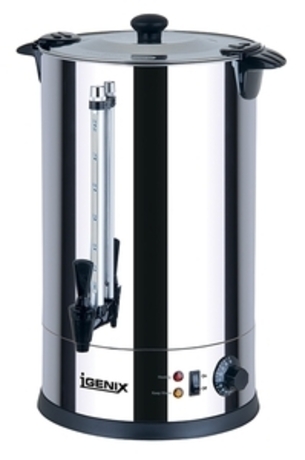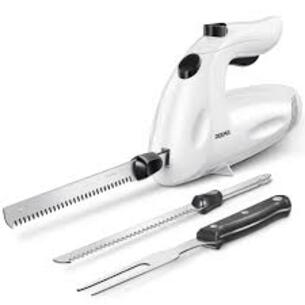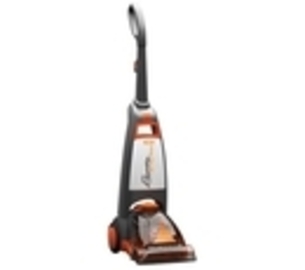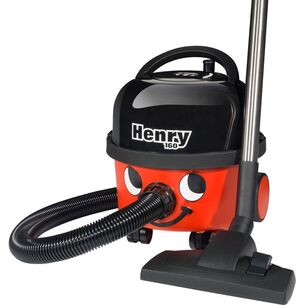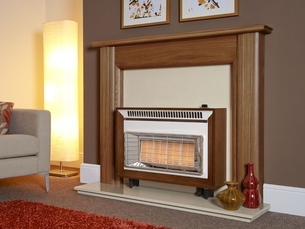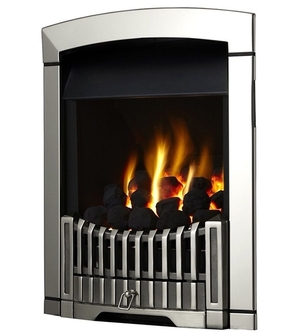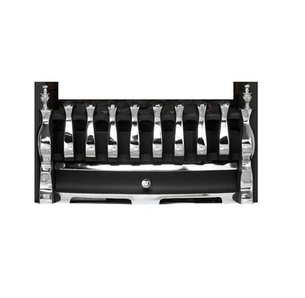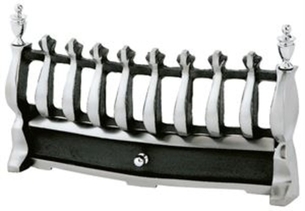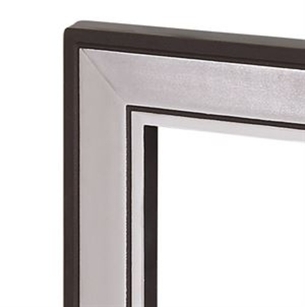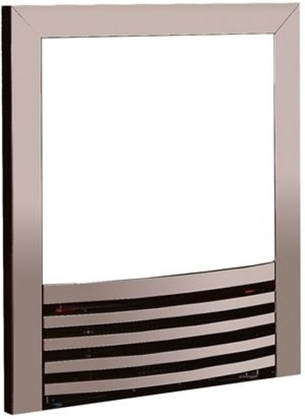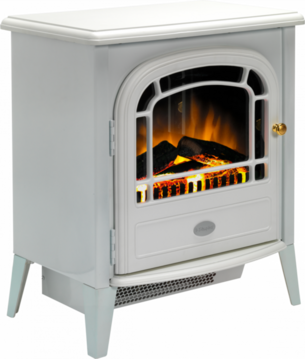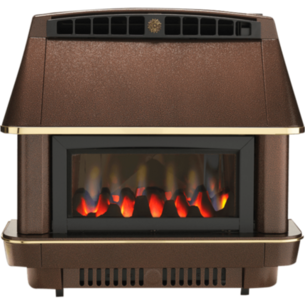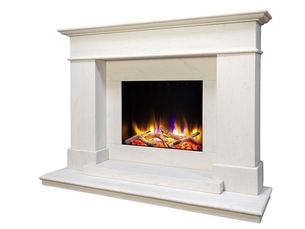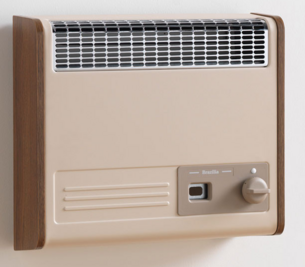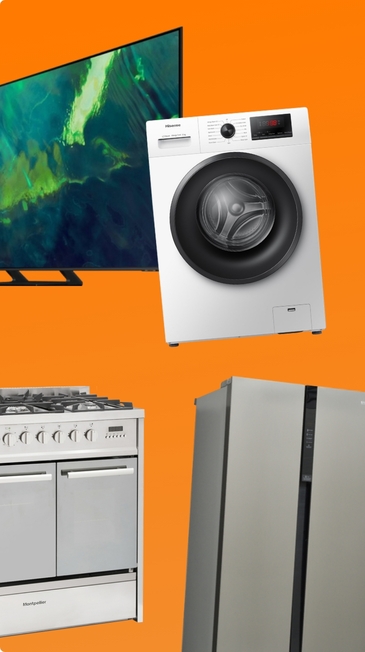can't find what you're looking for?
With over 15,000 products in stock, our specialist team are here to help you find what you’re looking for.NOW OPEN SUNDAYS 10:00 - 4:00pm
-
Laundry

save up to 50% in our ex display and clearance | deals not to be missed
-
Cooking
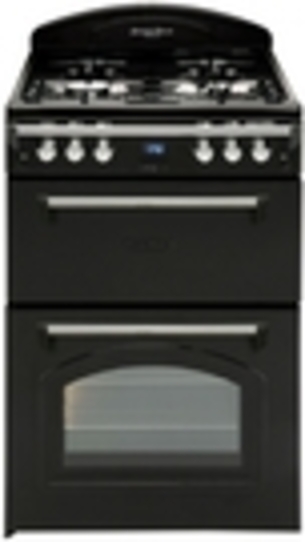
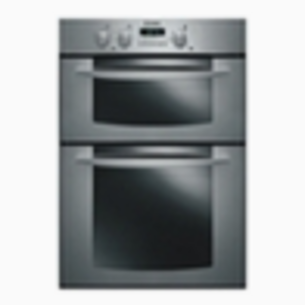
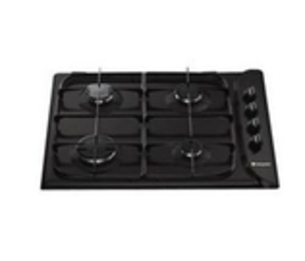
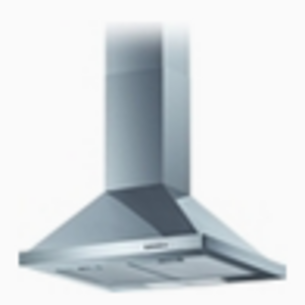
save up to 50% in our ex display and clearance | deals not to be missed
-
Refrigeration
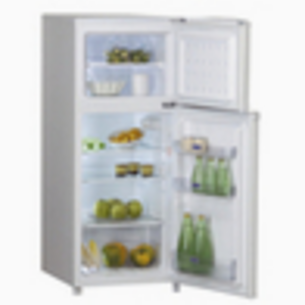
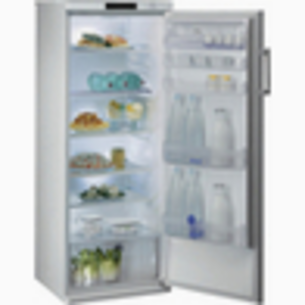

save up to 50% in our ex display and clearance | deals not to be missed
-
TV & Home Entertainment
save up to 50% in our ex display and clearance | deals not to be missed
-
Dishwashers
save up to 50% in our ex display and clearance | deals not to be missed
-
Small Appliances
save up to 50% in our ex display and clearance | deals not to be missed
-
Floorcare
save up to 50% in our ex display and clearance | deals not to be missed
- Sinks & Taps
-
Fire & Stoves
save up to 50% in our ex display and clearance | deals not to be missed
- Deals
- help & advice
- track order
- wishlist
-
Look at the size, energy efficiency, brand reputation, warranty, and the features that fit your lifestyle and budget.
-
Look for the energy rating label, such as ENERGY STAR or similar, which indicates how efficient the appliance is in terms of energy consumption.
-
Yes, in the long run, they reduce utility bills and often last longer, offering better savings over time.
-
This depends on the size of your household and how often the appliance will be used. Check product dimensions and capacity to ensure it fits your needs and space.
-
Appliances like refrigerators, dishwashers, and washing machines typically last 10–15 years, depending on brand and usage.
-
It depends on the appliance, cost of repairs, and peace of mind you desire. Sometimes, high-end or complex appliances may benefit from extended warranties.
-
Major sales events like Black Friday, end-of-season clearance, and holiday weekends (like Labor Day) often offer the best deals.
-
Smart appliances provide convenience, remote operation, and energy monitoring, but the value depends on your preferences for technology integration.
-
Use the energy consumption data on the product’s energy label. It typically shows the annual electricity usage, which can help compare running costs.
-
Consider the available space, appliance efficiency, ease of cleaning, and features like convection cooking, smart controls, or extra capacity.
-
While it’s not necessary, buying from the same brand can sometimes offer aesthetic consistency and potential package deals.
-
A good warranty typically covers parts and labor for manufacturer defects, usually lasting 1-2 years, with options for extended coverage.
-
Very important. Customer reviews give insights into performance, reliability, and potential issues that aren't always obvious from product descriptions.
-
Many retailers offer recycling programs or take-back services when delivering new appliances. You can also contact local recycling centers.
-
Energy efficiency, storage capacity, adjustable shelves, humidity control, and ice/water dispensers are some important features to consider.
-
Consider the load capacity, front or top loading, energy efficiency, wash cycles, and features like steam cleaning or quick wash options.
-
A convection oven has a fan that circulates air for more even cooking, while a conventional oven relies on radiant heat from the bottom or top.
-
Some appliances like microwaves or small items are DIY-friendly, but larger ones (like stoves, dishwashers, and dryers) often require professional installation.
-
Measure the height, width, and depth of the space, accounting for ventilation clearance, door swings, and other openings to ensure a proper fit.
-
Gas stoves offer better heat control and are cheaper to operate in areas with low gas prices. Electric stoves are easier to clean and may be more energy-efficient in certain regions.
-
Look at the size, energy efficiency, brand reputation, warranty, and the features that fit your lifestyle and budget.
-
Look for the energy rating label, such as ENERGY STAR or similar, which indicates how efficient the appliance is in terms of energy consumption.
-
Yes, in the long run, they reduce utility bills and often last longer, offering better savings over time.
-
This depends on the size of your household and how often the appliance will be used. Check product dimensions and capacity to ensure it fits your needs and space.
-
Appliances like refrigerators, dishwashers, and washing machines typically last 10–15 years, depending on brand and usage.
-
It depends on the appliance, cost of repairs, and peace of mind you desire. Sometimes, high-end or complex appliances may benefit from extended warranties.
-
Major sales events like Black Friday, end-of-season clearance, and holiday weekends (like Labor Day) often offer the best deals.
-
Smart appliances provide convenience, remote operation, and energy monitoring, but the value depends on your preferences for technology integration.
-
Use the energy consumption data on the product’s energy label. It typically shows the annual electricity usage, which can help compare running costs.
-
Consider the available space, appliance efficiency, ease of cleaning, and features like convection cooking, smart controls, or extra capacity.
-
While it’s not necessary, buying from the same brand can sometimes offer aesthetic consistency and potential package deals.
-
A good warranty typically covers parts and labor for manufacturer defects, usually lasting 1-2 years, with options for extended coverage.
-
Very important. Customer reviews give insights into performance, reliability, and potential issues that aren't always obvious from product descriptions.
-
Many retailers offer recycling programs or take-back services when delivering new appliances. You can also contact local recycling centers.
-
Energy efficiency, storage capacity, adjustable shelves, humidity control, and ice/water dispensers are some important features to consider.
-
Consider the load capacity, front or top loading, energy efficiency, wash cycles, and features like steam cleaning or quick wash options.
-
A convection oven has a fan that circulates air for more even cooking, while a conventional oven relies on radiant heat from the bottom or top.
-
Some appliances like microwaves or small items are DIY-friendly, but larger ones (like stoves, dishwashers, and dryers) often require professional installation.
-
Measure the height, width, and depth of the space, accounting for ventilation clearance, door swings, and other openings to ensure a proper fit.
-
Gas stoves offer better heat control and are cheaper to operate in areas with low gas prices. Electric stoves are easier to clean and may be more energy-efficient in certain regions.
